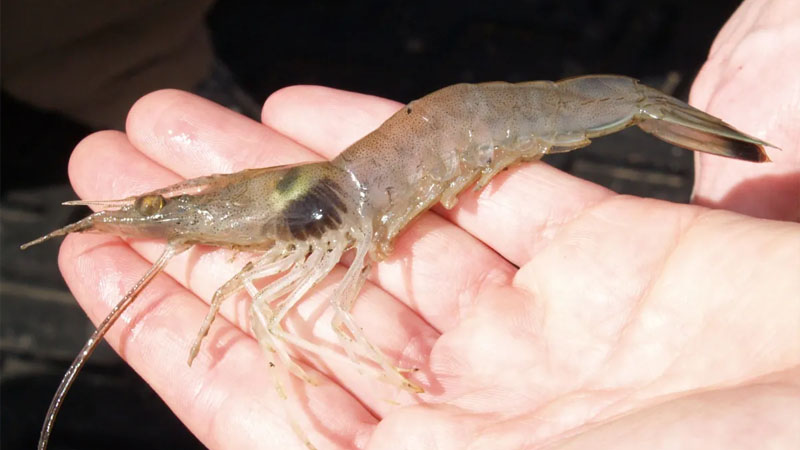Exclusive content

Scientists on the Georgia coast in the United States have been diligently studying an affliction in shrimp known as black gill as part of an ongoing research project. The University of Georgia’s Skidaway Institute of Oceanography has been at the forefront of this research, and recent efforts have focused on engaging shrimpers through a new smartphone application.
A Closer Look at Black Gill
Black gill, named for the distinct dark coloration it causes on shrimp gills, is attributed to a microscopic parasite. Although scientists have identified it as a ciliate, a single-cell organism, they are yet to pinpoint the specific type. Despite its prevalence, shrimp affected by black gill remain safe for human consumption.
While black gill may contribute to the decline in commercial shrimp fishing, other factors play significant roles as well. According to Marc Frischer, a professor at the Skidaway Institute, these include a decrease in trawling licenses, competition from foreign seafood imports, and rising operating costs alongside the upkeep of aging vessels.
Spread and Impact
Black gill has been observed along the Georgia coast for approximately two decades. However, recent findings indicate its presence beyond this region, potentially on a global scale. Frischer highlights the importance of ongoing research efforts to track and understand the spread of the affliction, emphasizing the need for continued sampling.
Environmental conditions, particularly temperature fluctuations, play a crucial role in the manifestation of black gill. While it typically appears in warmer months, unusual occurrences, like its emergence in May last year, underscore the complexity of its behavior. Scientists suspect that the parasites responsible for black gill thrive in warmer waters, affecting shrimp populations during specific seasons.
Collaborative Efforts and Future Prospects
Improved coordination between scientists and shrimpers marks a positive development in recent years. Collaborative endeavors aim to leverage local knowledge and scientific expertise to address the challenges posed by black gill and other environmental factors affecting shrimp populations. As stakeholders continue to work together, the hope is to gain a better understanding of black gill and its implications for the shrimp industry.